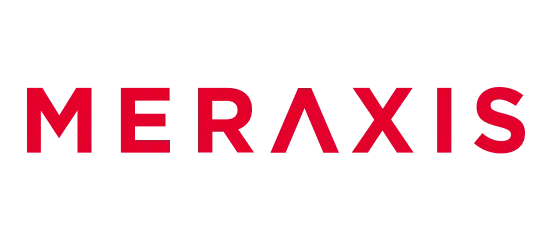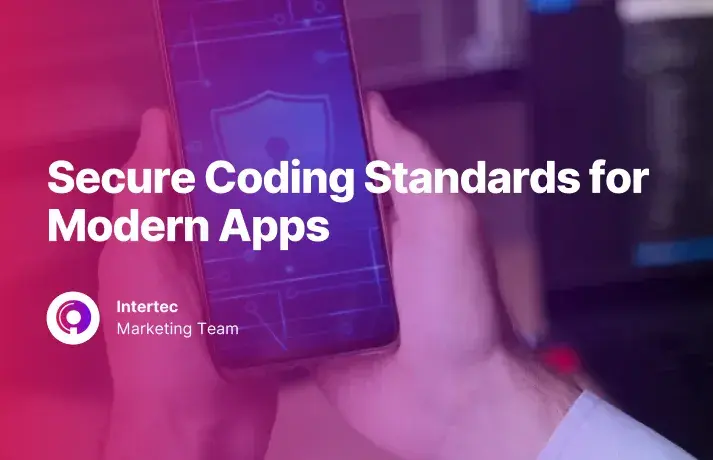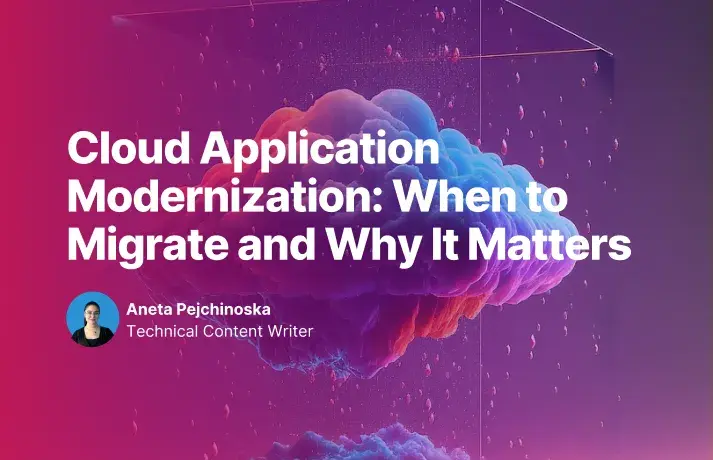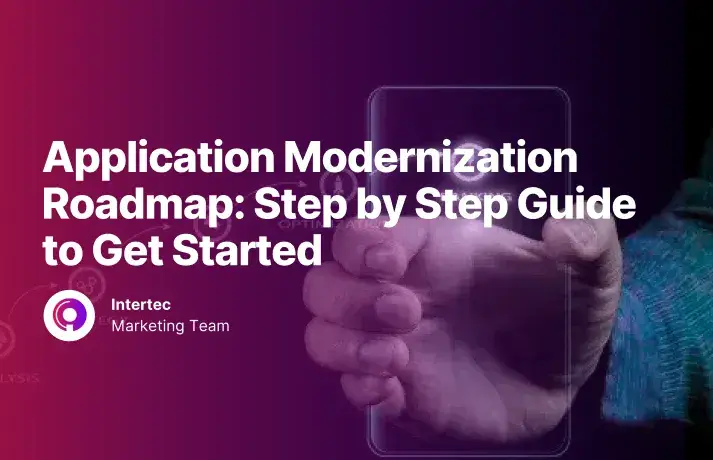Trend #1: Rise of Cloud-Native Architectures in Federal Systems
By cloud-native architectures, we mean building systems designed to run in the cloud environments from the start - leveraging containers, microservices, orchestration (like Kubernetes), and dynamic scaling.
Cloud computing adoption is becoming the foundation of credible modernization strategies in federal IT.
The Cloud Native Computing Foundation (CNCF) reports that 89% of organizations now use cloud-native applications (some or all of their deployment) in 2024 - a new high. Likewise, 55% of government cloud services decision-makers report using distributed cloud-native databases.
That momentum shows we can’t treat cloud-native capabilities as optional. For federal systems, moving from on-premises infrastructure to containerized, elastic environments means we gain scalability, resilience, and agility. Platform engineering becomes key because it shields developers from infrastructure complexity while enabling best practices.
From monoliths to scalable, flexible environments
Many federal systems today still run on monolithic architectures - large code bases where one change in part of the system may require rebuilding or redeploying the entire app.
Transitioning to cloud-native:
- Breaks the monolith into deployable microservices.
- Enables horizontal scaling - only scaling parts that need more resources.
- Supports platform engineering teams to expose self-service APIs to developers.
- Minimizes downtime and supports continuous deployment.
Takeaway: As CIOs, you should aim for cloud-native adoption not only in “new builds” but as a path to modernize legacy applications in phases.
Trend #2: Microservices and Event-Driven Architecture
Microservices architecture breaks an application into small, loosely coupled services that do one job well. Event-driven architecture uses events (like “user submitted form,” “sensor triggered,” “benefit approved”) as the backbone of communication across systems.
Combining these two creates more agile, resilient, and modernized systems that reduce integration complexity. In a monolith, every module often waits on synchronous calls, so latency or failure in one part cascades.
With event-driven microservices:
- Services can publish events asynchronously.
- Other services subscribe and act independently.
- We decouple dependencies, allowing each service to scale or evolve independently.
- We support real-time processing - vital for critical applications like emergency response or fraud detection.
Takeaway: Microservices and event-driven architecture allow agencies to evolve systems service by service, boost reliability, and support responsive citizen services.
Trend #3: AI-Powered Applications and Data Modernization
AI adoption isn’t a futuristic fad - it’s a pillar of emerging technologies in the application modernization journey. But AI can’t thrive without data modernization.
AI-powered applications backed by modern data architectures are helping agencies enhance operational efficiency, automate processes, and reduce technical debt.
In EY’s survey, 53% of federal IT decision-makers say their agency uses AI today; 46% say they use generative AI. ICF’s federal trends report notes agencies are moving from AI pilots to integrated, mission-driven systems that enable organizations to achieve business transformation.
Here’s how AI and machine learning play a role:
- Predictive analytics & intelligent automation: Forecast demand, detect anomalies, and automate repetitive tasks.
- AI copilots: Assist staff and citizens with faster workflows.
- Governance & responsible AI: Ensure fairness, transparency, and accountability for systems handling sensitive data.
To enable AI, data modernization must occur:
- Consolidate and normalize data across silos.
- Implement data lakes and data mesh architectures.
- Employ data governance and metadata practices so models train on trustworthy data.
Takeaway: Build strong data infrastructure and embed AI as a core business capability. It’s key to accelerate digital transformation across government operations.
Trend #4: Surge in Low-Code / No-Code Development
- Low-code development uses visual interfaces and minimal hand-coding.
- No-code tools let non-technical users build applications quickly, reducing operational overhead and supporting incremental modernization.
These tools democratize application development and speed up delivery - especially valuable when internal capabilities are limited. Non-technical staff can modernize existing applications or automate internal workflows without waiting on IT.
However, these platforms must align with modernization challenges and governance frameworks. APIs, integration security, and consistency must be maintained.
Takeaway: Treat low-code/no-code platforms as accelerators for successful modernization initiatives - not replacements for full-scale software development.
Trend #5: Security-First Modernization
Modernization that neglects security fails. Security concerns are front and center for federal agencies governed by frameworks like FedRAMP, FISMA, and Zero Trust.
A security-first modernization embeds protection from design to deployment.
Key principles:
- DevSecOps for continuous security integration in CI/CD pipelines.
- Zero Trust models requiring identity verification and least privilege.
- Compliance with federal cloud standards before deployment.
- Threat modeling during system design, not after.
Takeaway: Embed security in every modernization phase. It enhances business continuity and ensures modernization efforts align with compliance needs.







